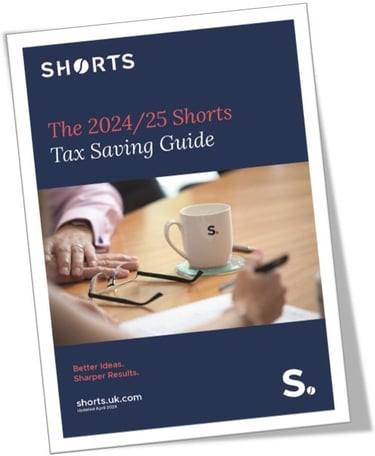
Whether you are selling clothes or buying clothes, you should assume that if the clothes are for adults, VAT is chargeable at the standard rate of 20%. However, as is often the case when dealing with VAT, there are exceptions, although these are limited.
VAT on second-hand clothing and footwear
The sale of clothing or footwear which has been donated is zero-rated if the following conditions are met:
- The clothing/footwear has been donated to a charity or trading subsidiary of a charity.
- The clothing/footwear has been made available to the general public or to 2 or more persons who are disabled or receiving certain means-tested benefits.
VAT is chargeable on the sale of second-hand clothing/footwear in a shop or by an online retailer, but a buyer may not be aware of this if the seller is using the second-hand margin scheme.
When selling used items, especially online, it is common for sellers to operate below the VAT registration threshold, which means they are not required to charge VAT. However, the income they generate from the sale of second-hand goods is considered in their taxable turnover figure for VAT registration purposes.
VAT and protective boots
Protective boots are zero-rated when supplied by a manufacturer to a wholesaler who in turn supplies them to a retailer or sold by an employer to their employees, but only if all the following conditions are met:
- they satisfy the requirements of regulation 8(2) of the Personal Protective Equipment Regulations 2002
- they show a mark indicating conformity with regulation (8)(2) of the Personal Protective Equipment Regulations 2002
- they are for industrial use.
Protective boots sold to employers for use by their business’s employees are not eligible for zero-rating. Employers must be charged VAT at 20% for these boots. It's important to note that the zero rate applies specifically to protective boots and not to protective shoes, even if they meet all the other requirements.
Children's clothing and footwear
Children’s clothing and footwear are zero-rated if the following conditions are met:
- They are articles of clothing or footwear.
- They are specifically designed for young children.
- They are only suitable for young children.
- They are not made of fur.
Reclaiming VAT on clothing and footwear
Businesses purchasing clothes for employees can only reclaim the VAT incurred in certain circumstances.
VAT paid on uniforms (including wigs, gowns and bands worn by barristers) or protective clothing worn in the performance of their duties by someone who is registered for VAT or by employees of a VAT-registered business can be reclaimed subject to normal input tax rules.
VAT on other clothing/footwear provided to employees may also be reclaimed. Still, if the employee becomes the owner of the clothing/footwear, the business has made a supply for VAT purposes. VAT must be accounted in most cases. It is advisable to seek professional advice as there are specific rules on establishing the value of such supplies, which impacts VAT treatment.

Lynne Gill
My area of expertise is land and property transactions but I have extensive knowledge of both domestic and international VAT and I love complex VAT queries. I have an Honours degree in Business Studies and a VAT legal and technical qualification from the Institute of Indirect Taxation.
View my articlesTags: VAT
